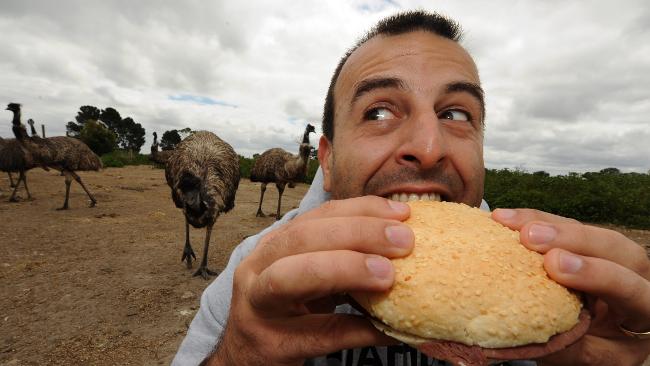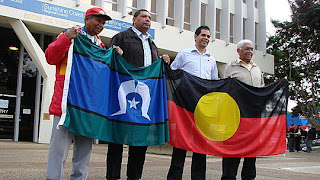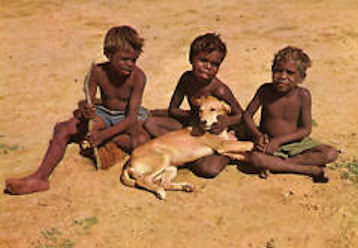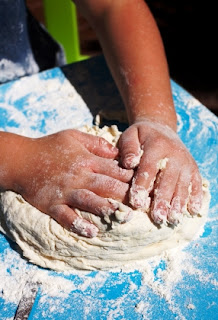The amazing looking Frill necked lizard is found in the Kimberley region of Western Australia, Southern New Guinea and Northern Australia. This is also known as frilled dragon. The skin of this animal folded back like frills against its head and neck, hence the name.
When the lizard is frightened, it gapes its mouth, exposing a bright pink or yellow lining; the frill flares out as well, displaying bright orange and red scales. This reaction is often used to discourage predators or during courtship. The lizard is a member of the agamid family. It a relatively large lizard, growing up to 91.4 cm.
The frill-necked lizard is found mainly in the northern regions of Australia and southern New Guinea. The lizard inhabits humid climates such as those in the tropical savannah woodlands.
The frill-necked lizard is an arboreal lizard, meaning it spends a majority of its time in the trees. The lizard ventures to the floor only in search of food, or to engage in territorial conflicts.
Like many lizards, frill-necked lizards are insectivorous, feeding on cicadas, beetles, and termites. They especially favour butterflies and moths, their larvae even more so. Though insects are their primary source of food, they also consume spiders, other lizards, and small mammals.
GA:NI King of the Lizards Dreamtime Story
A long time ago the frilled neck lizard had a nice clean chest but this was badly burnt which is why it is black today. Back in the Dreamtime when all the animals were people, there was an enormous flood and the river spread as wide as the eye could see. The people had been stranded on a small, higher part of land but there was no food and they were frightened because the flood-waters were still rising.
The clans gathered together and had a long discussion and decided that they had to cross the water to find better land that would provide food for them. The "clever men" instructed them to tie a smouldering fire stick to the chests of all animals before they commenced to swim so their progress could be seen.
The clever men sent snake-man first because they thought he was the smartest. For a long time they could see the fire getting smaller until it disappeared suddenly snake-man had drowned. The blue-tongued lizard was next and once again they could see the fire getting smaller until it disappeared he to had drowned. The clever men tried all the animals but all without success. All that was left was old Ga:ni, the frilled neck lizard. Ga:ni was very slow and slept most of the time. The clever men had to wake Ga:ni and tell him it was his turn to try and reach land. The clever-men instructed old Ga:ni to light a fire when he reached land to let them know it is safe to swim across.
Ga:ni told the clever-men to tie a long firestick to his chest a firestick made of gidgee because gidgee wood smoulders very slowly while the wind movement keeps it alight. The clever-men laughed at old Ga:ni this sleepy old fella but did as he requested. Ga:ni began his slow swim across the water and they could still see the twinkling light, although it was getting smaller.
Ga:ni's swim took all night and when the clever-men woke just before dawn, and looked out across the water, they saw to their surprise, a great fire blazing in the distance and knew that Ga:ni had found land. Their lives had been saved because old Ga:ni had been clever enough to survive the water crossing and the light the signal fire. During the long swim, the gidgee firestick had slowly burnt away until it had badly injured Ga:ni's chest. This left a charred, black scar on the chest of this brave frilled-neck lizard.
The clever-men promised that whoever found land should become the most superior person in their tribe and Ga:ni had saved their lives by showing them land with what remained of his firestick so all the animals swam over and joined him. They decided to have a corroborree in his honour and all painted up and danced around this tired, sleepy old fella. Ga:ni was now the king of the lizards and would remain so forever. Since his epic swim, he has always been treated with respect by both animals and humans.
Even today, frilled-neck lizards are often seen standing up straight on their hind legs their heads held back with pride and this displays the blackness on their chests that was the reward for great bravery in the past.
Michael J Connolly
Munda-gutta Kulliwari
Dreamtime Kullilla-Art




















































